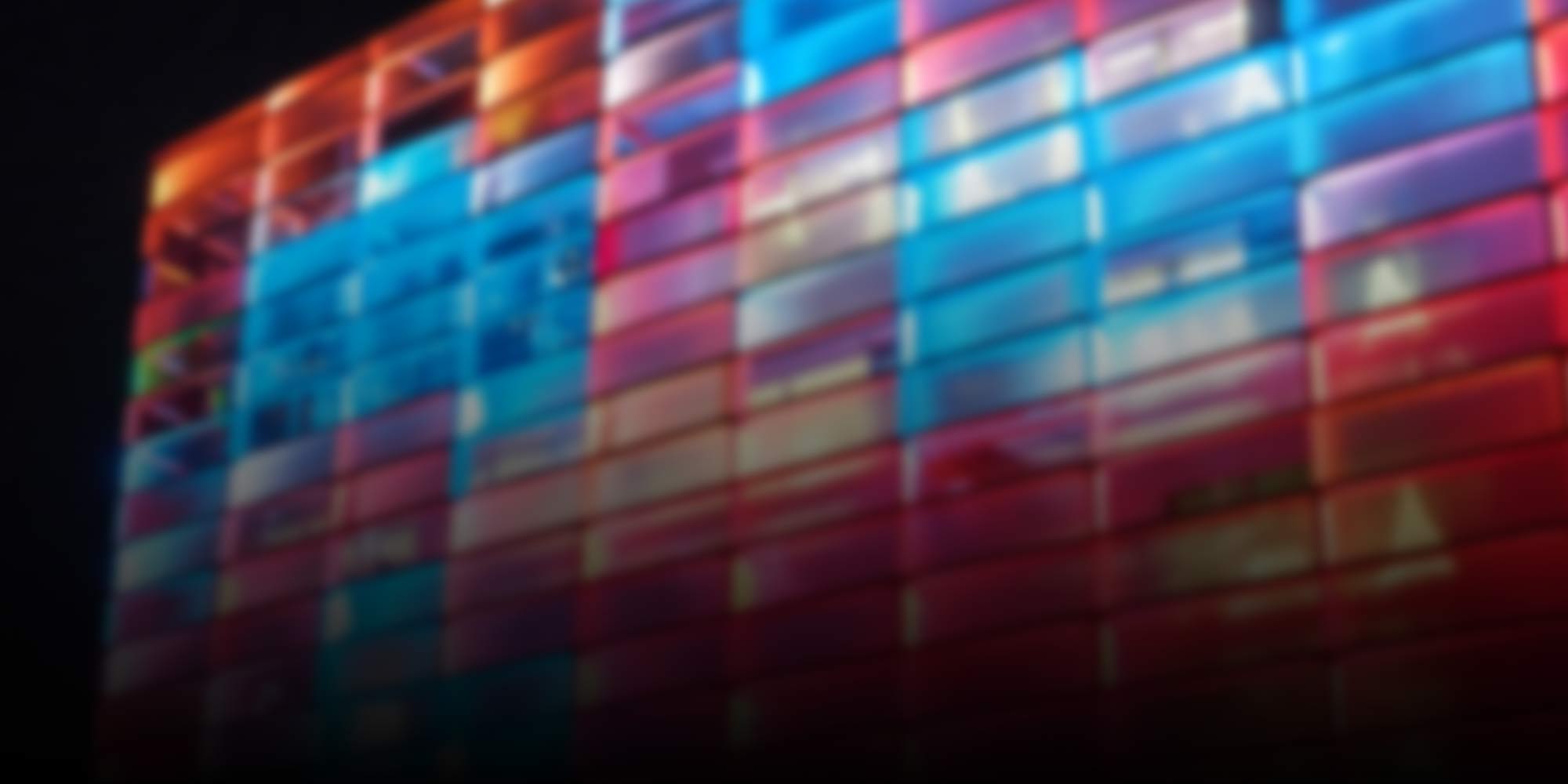
Art
-
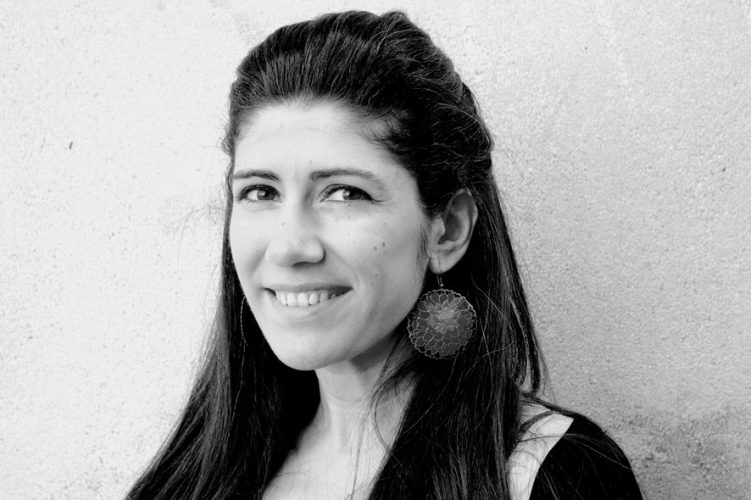
Ghalia Elsrakbi: “Art Is a Collaborative Playground”
Mainstays of media art in general and the Prix Ars Electronica’s Hybrid Art category in particular are hybrid and transdisciplinary projects and approaches. In this interview, juror Ghalia Elsrakbi talks about her take on hybrid art and what she sees as the role art can play in 2017.
-

Emre Erkal: “Art Generates New Venues”
March 13th is the deadline for submitting works of media art for 2017 Prix Ars Electronica prize consideration. In this interview, sound artist Emre Erkal, one of this year’s jurors in the Digital Musics & Sound Art category, talks about sounds, architecture and artificial intelligence.
-

Réka Bucsi: “I like its playful ways”
Réka Bucsi’s animated short film “Symphony no. 42” got her shortlisted at the 87th Academy Awards. In April, she’ll be one of the 2017 Prix Ars Electronica jurors selecting this year’s Golden Nica recipients.
-

Industrial Robots in the Service of Art
Part 2 of the “Creative Robotics” exhibition series premiered in February. This time, the focus is on robots that have normally been deployed in conjunction with industrial assembly processes but are now increasingly being used as catalysts for innovation in such fields as the graphic arts, design and architecture.
-
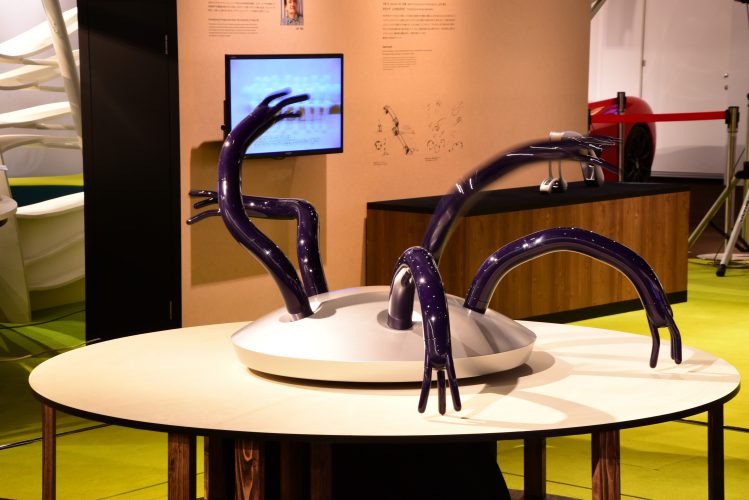
InduSTORY or The Art of Telling Industry Stories
The seventh edition in the “Ars Electronica in the Knowledge Capital” series tells the story of the design of a product from the future to its materialization. Until May 7, 2017, the visitors of the special exhibition in Osaka will look at two approaches of prototypes, which are summarized under the title “InduSTORY”.
-
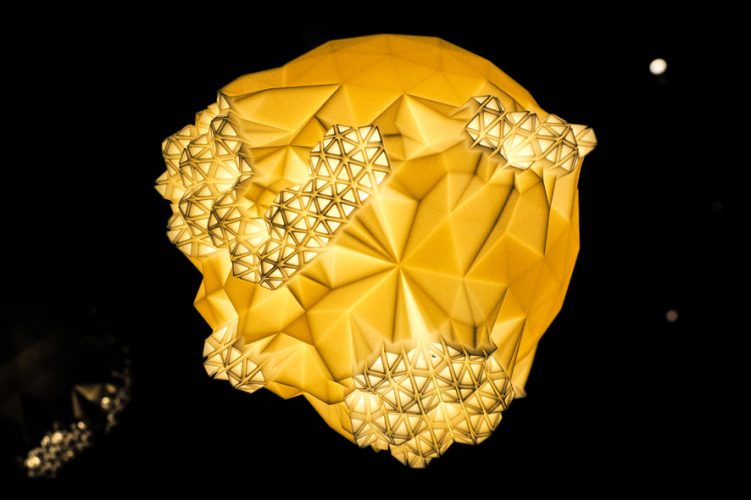
Highlight: The Made-to-Order Lamp
It’s elegantly designed and individually customized to suit the space it illuminates. Highlight, Jussi Ängeslevä’s lamp generated via 3-D printer, features a shape that satisfies users’ (lighting) needs.
-
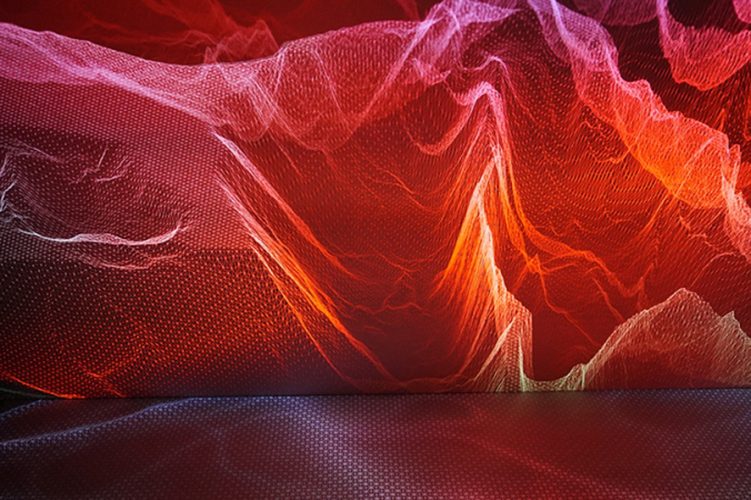
Flow: A Sea of Real-time Data
The water comes in; the water goes out. Since time immemorial, human beings have been fascinated by the sea. Artist Mathieu Le Sourd alias maotik has captured its motions and translated them into a walk-through interactive visualization in Deep Space.
-
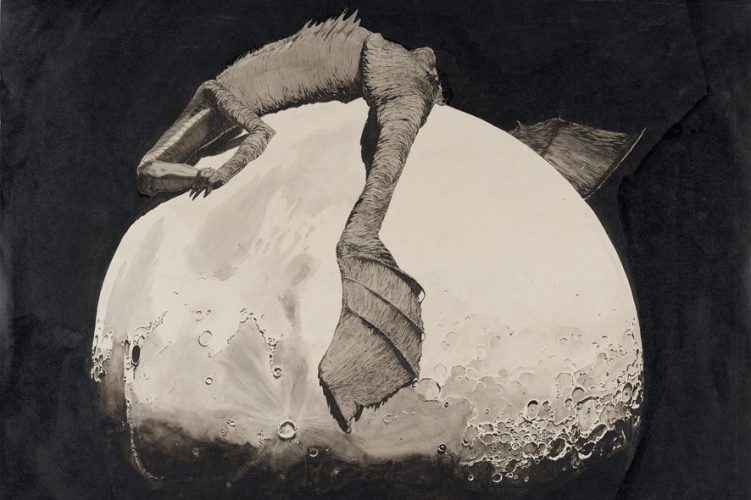
Linz’s Klemens Brosch: A Genius for Drawing
Born in Linz in 1894, Klemens Brosch went on to become one of 20th-century Austria’s most outstanding graphic artists, best known for his magical landscapes and melancholy imagery. Deep Space is now featuring jumbo-format projections of some of his small-scale drawings.
-
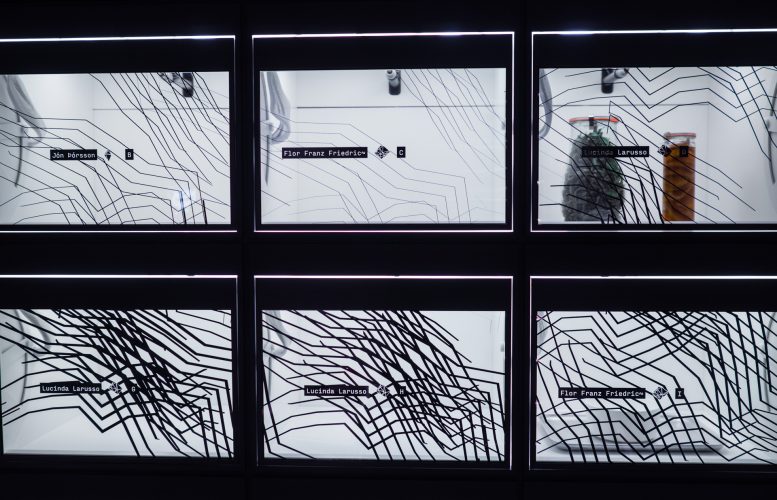
The Future of Self-Service in the Data Kitchen
By designing a futuristic foodwall the Ars Electronica Futurelab adds up to SAP’s aspiration in providing a futuristic gastro-concept with its freshly opened “Data Kitchen” restaurant.
-
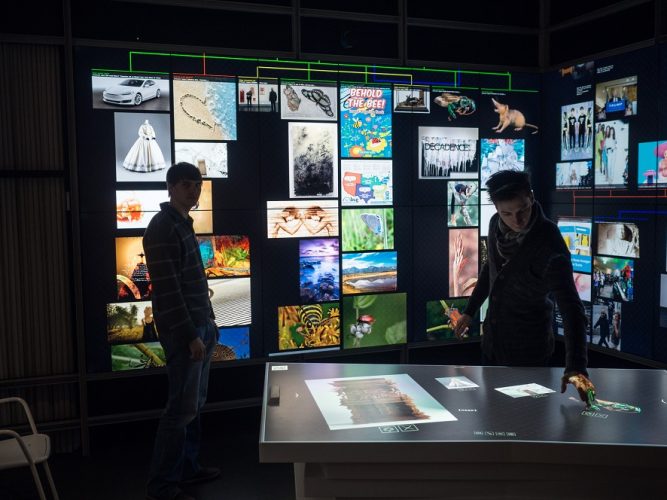
Berlin’s New Meeting Place For Start-ups: SAP Data Space
For 15 years SAP has collaborations with the Linz-based Ars Electronica Futurelab. The newest project had its disclosure on the 12th of December at Berlin Mitte: the „Data Space“ at Rosenthalerstraße 38.
-
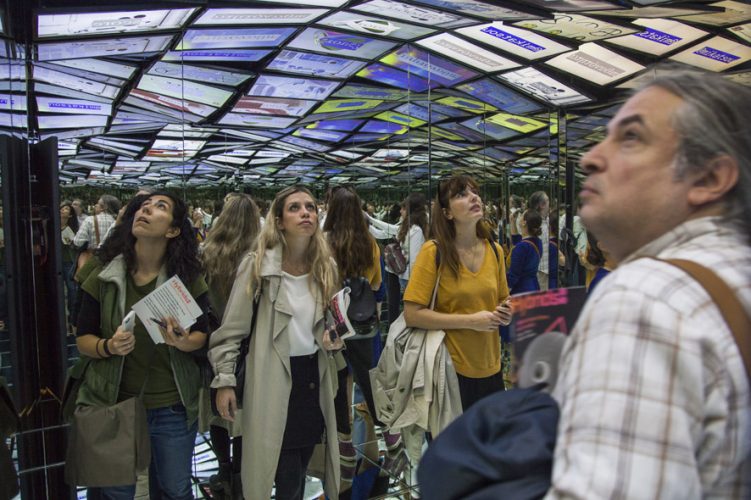
Hybrids – The Power Resides in the Spaces Between
The “Hybrids” exhibition co-produced by Ars Electronica is running until January 15, 2017 at the Onassis Cultural Center in Athens. It focuses attention on new forms of artistic expression that interconnect disparate genres and thereby cut across the boundary between art and technology.
-
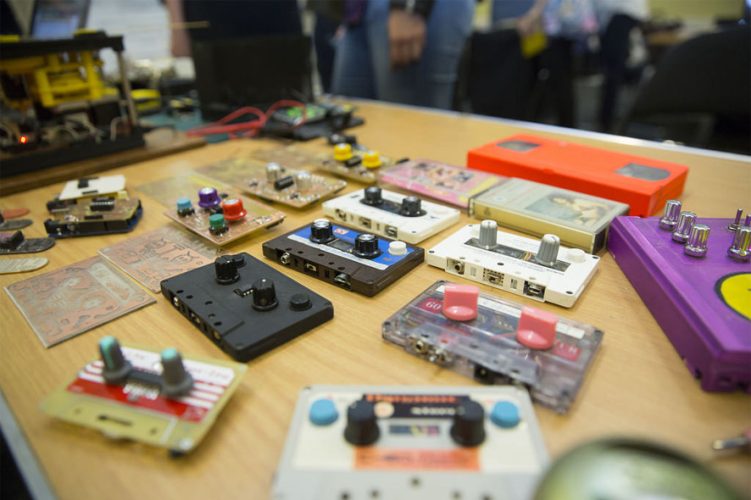
Engineering the Future – A Weekend in London
This year’s Digital Design Weekend took place on Saturday & Sunday, September 24-25 in London. Participants included the Austrian Cultural Forum, the Victoria and Albert Museum, and Ars Electronica Linz, which jointly presented six recent projects by media artists from Austria.
-
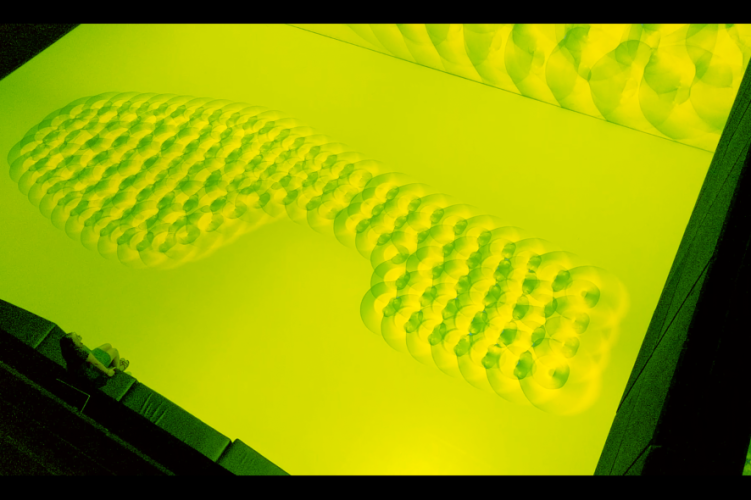
Scalar Fields – Each step has an Importance
“Scalar Fields” visualizes the pressure field around the soles of shoes. By using the fluid simulation software developed by the artist, the propagation of pressure in air is visualized in 8K video. During the Ars Electronica Festival 2016, the visualization can be seen as floor and wall projection at Deep Space 8K with a marvelous…
-
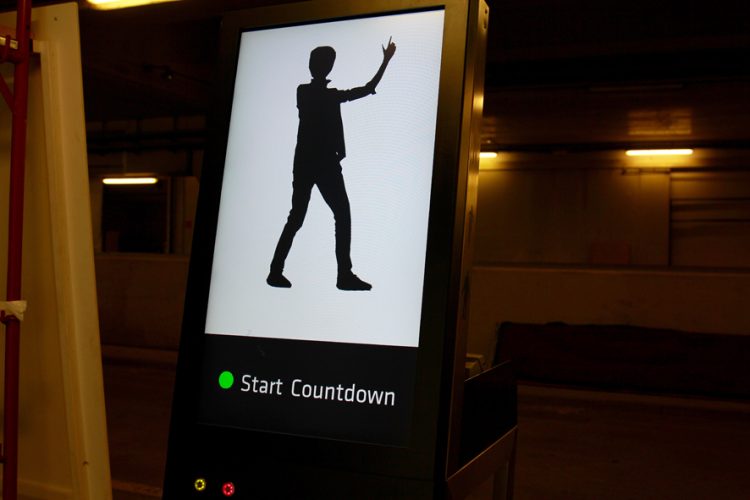
Express and Press to Discuss the Future, at People Thinking Lab
You get an exchange of creative ideas in advertisement agencies by the day, but not with everyday people or your fellow neighbors. The Future Catalysts (Ars Electronica Futurelab x Hakuhodo) take the fundamental idea of engaging people in a collective brainstorming further. They incorporate the Shadowgram-Project into the “People Thinking Lab” to make us ponder…
-
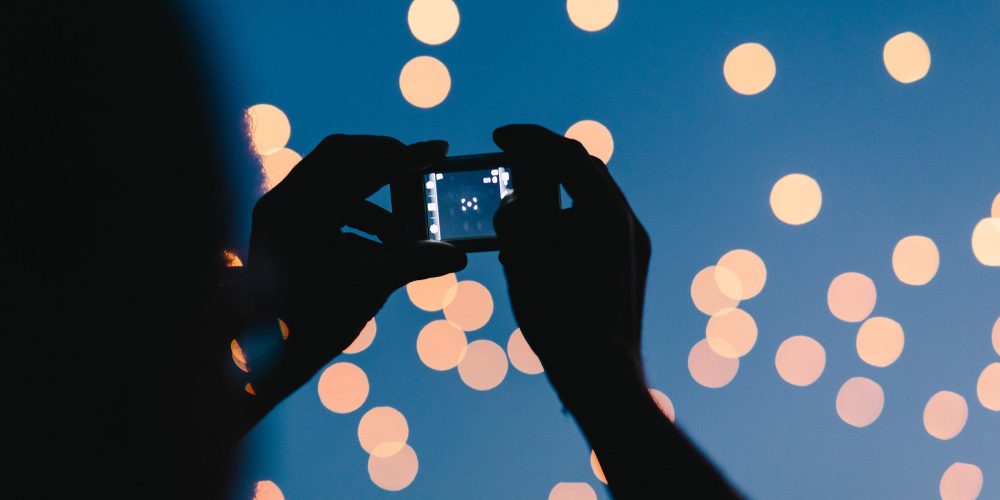
DRONE 100 – Spaxels Over Linz: Test Flight in the Mühlviertel
“DRONE 100 –Spaxels over Linz” is the title of a spectacular quadcopter swarm performance that Ars Electronica and Intel are staging on September 10th, 2016. Before the 100 drones make their European public debut above the Danube they’ll be subjected to a rigorous physical exam. The first two test flights already took place this week—the…
-
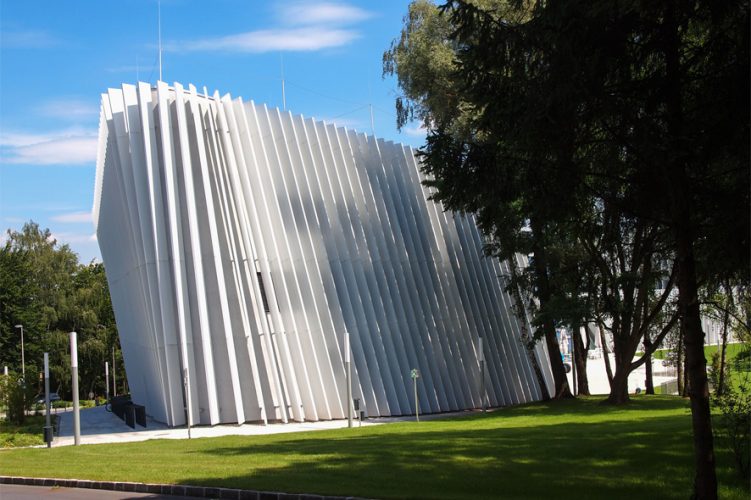
Sonic Saturday: Acoustic Virtual Worlds
September 10th is Sonic Saturday at the 2016 Ars Electronica Festival. Anton Bruckner Private University will stage an extensive electronic music program including concerts and speeches, and the Computer Music Studio is hosting an open house in its recently opened Sonic Lab featuring state-of-the-art audio technology and extraordinary acoustics.
-
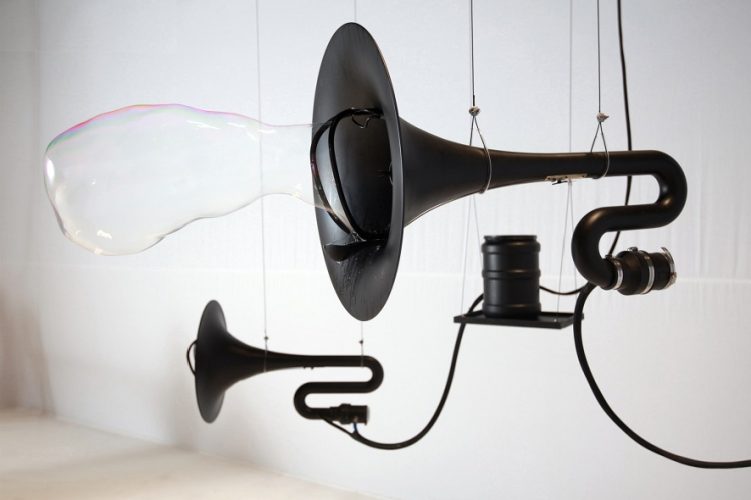
Black Hole Horizon: Sounds into Soap Bubbles
Thom Kubli’s work “Black Hole Horizon” turns sounds into three-dimensional objects. Big black horns emit deep tones that form soap bubbles. The work can be seen live at the 2016 Ars Electronica Festival. We recently had a chance to chat with the artist about his work.
-
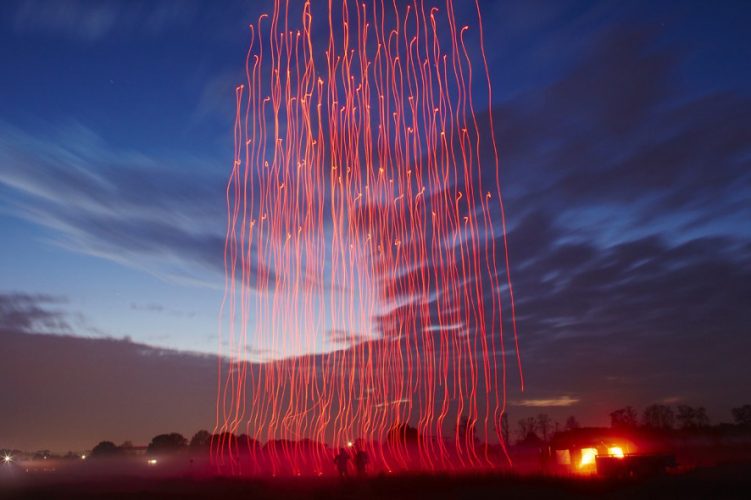
DRONE 100 in Linz: A Behind-the-Scenes Look
This will be the first public appearance in Europe of the world’s largest autonomous drone swarm. Just before the Visualisierte Klangwolke in September 2016, the Ars Electronica Futurelab’s 100 Spaxels will display their aerial artistry in Linz. Here, Chris Bruckmayr and Andreas Jalsovec of the Spaxels crew talk about all the preparations and work that…
-
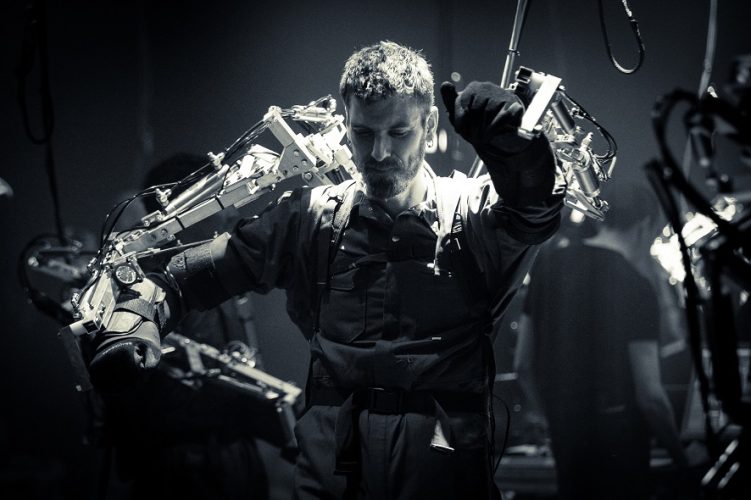
CyberArts 2016: The Best of Media Art
One of the highlights of each year’s Ars Electronica Festival is always the CyberArts exhibition, a showcase of the works singled out for recognition by the Prix Ars Electronica, one of the most important awards honoring creativity and pioneering spirit in the digital media genre. Here, Genoveva Rückert, the curator of CyberArts 2016, tells us…
-

P2P Foundation: Concentrated Knowledge for All
Who has access to knowledge and information online? Who controls this exchange and who can profit from it? These issues of decisive importance to our digital future are the P2P Foundation’s bread and butter. In recognition of their committed work, the non-profit organization is this year’s recipient of the Golden Nica in the Prix Ars…
-
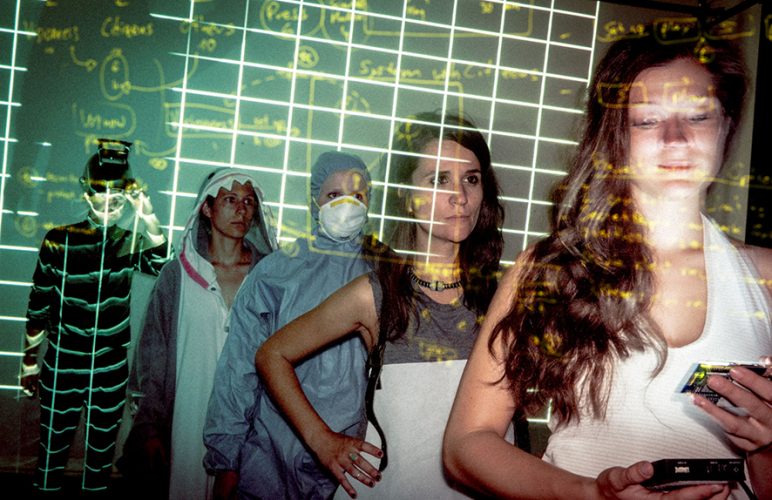
A Playful Design for A Future Society: The Conduit
“The Conduit” is part performance, part interactive installation that investigates social engagement and the consequences of speculative technological and political frameworks. Participants will negotiate an 8 bit simulation of the future and its effects on our everyday social interactions. The Society for Cultural Optimism has developed a framework for the creation of a future society,…
-
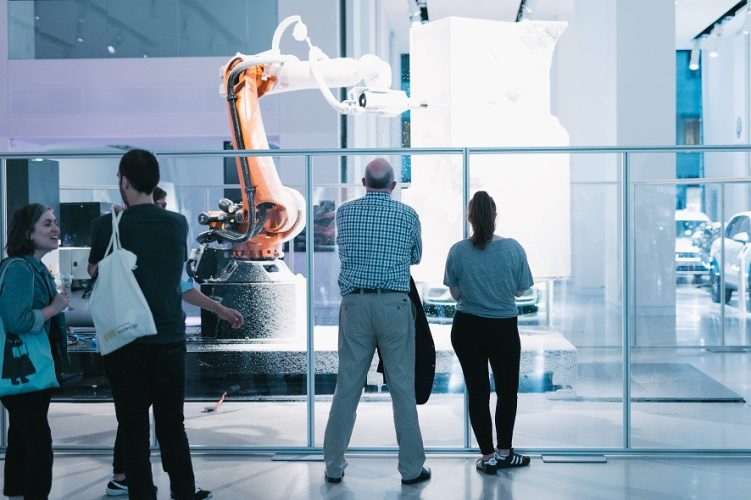
HUMAN FACTOR: What Interconnects Art and Industry
Ars Electronica Export is making another guest appearance in Berlin. The “HUMAN FACTOR – endless prototyping” exhibition running until August 27, 2016 at DRIVE. Volkswagen Group Forum Berlin displays art and industry’s common denominator—the human being, the human factor that’s constantly trying out prototypes for existential models in humankind’s ongoing struggle to resist extinction. Here…
-
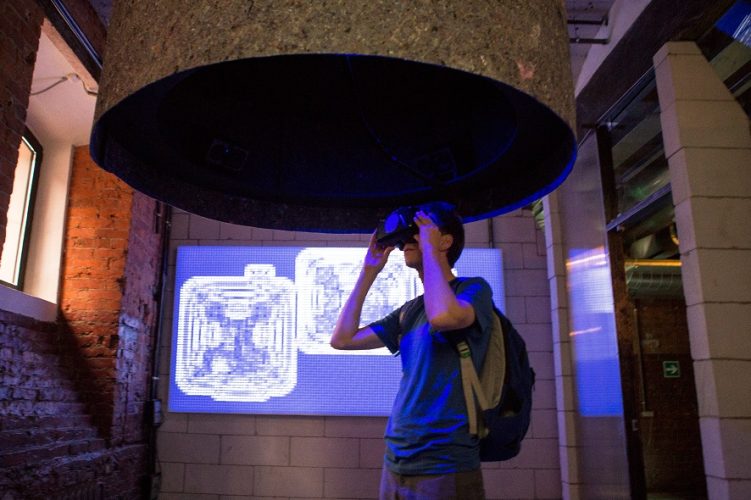
EARTH LAB – Our Planet on the Examination Table
An exhibition produced jointly by Moscow’s Polytechnic Museum and Ars Electronica Export presents new takes on the future of our planet. “EARTH LAB – Artists as Catalysts” shows how artists from all over the world see Earth. Here, we show you a few impressions.
-
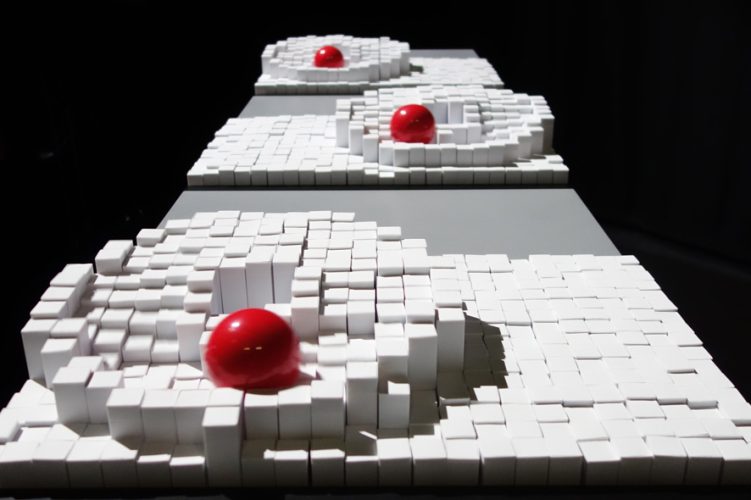
RADICAL ATOMS: When Visions Become Tangible
Prof. Hiroshi Ishii is the director of the MIT Media Lab’s Tangible Media Group. His team’s mission is to envision new forms of human-machine interaction and to enable us to experience and grasp the ideas of tomorrow today. His vision of RADICAL ATOMS also inspired this year’s Ars Electronica Festival theme.
-
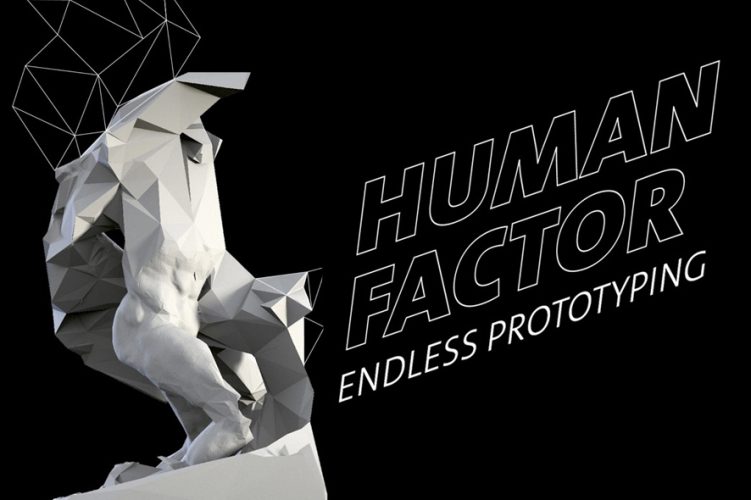
HUMAN FACTOR: Endless prototyping
“HUMAN FACTOR – endless prototyping,” an exhibition running July 1-August 27, 2016 at DRIVE. Volkswagen Group Forum Berlin, features a series of artistic prototypes demonstrating new and innovative linkages between art and industry. In this interview, curator Martin Honzik talks about the advantages prototypes have over their counterparts in serial production, and exactly what exhibition…
-
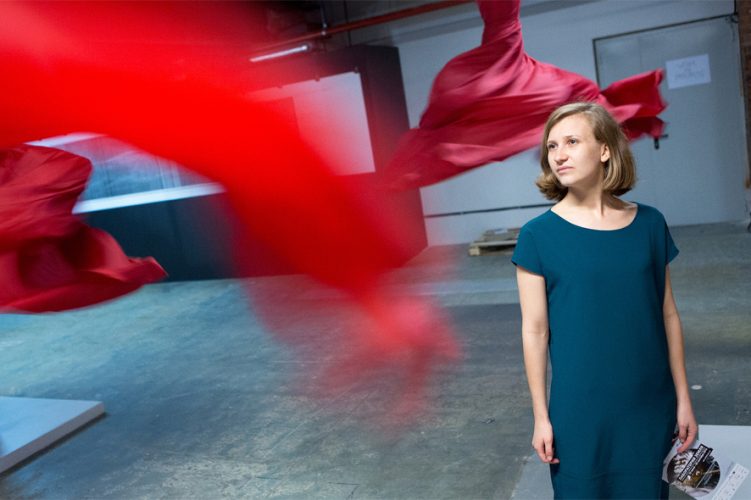
EARTH LAB: The Artistic View at Earth
EARTH LAB, an exhibition produced jointly by the Polytechnic Museum in Moscow and Ars Electronica Export, presents new and unconventional ways of looking at our Blue Planet. In this interview, the two curators, Natalia Fuchs and Manuela Naveau, brief us about this remarkable lab on the underground level of Moscow’s Red October chocolate factory.
-
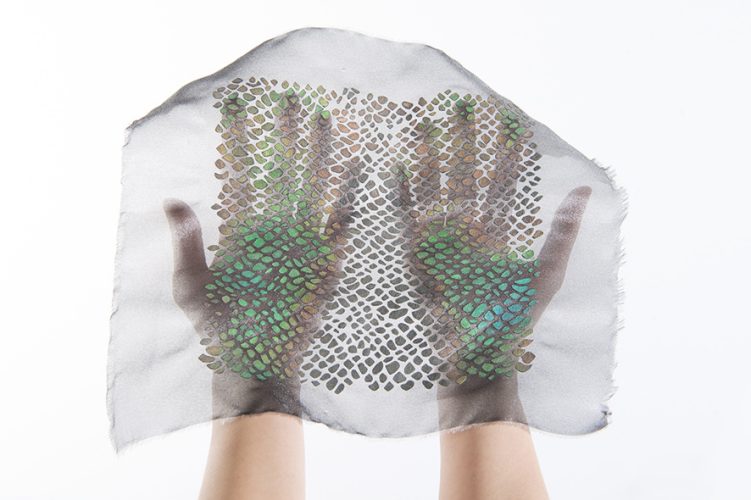
STARTS Prize to “Artificial Skins and Bones”
The Artificial Skins and Bones project seminar conducted by Prof. Mika Satomi and Prof. Wolf Jeschonnek is one of this year’s two recipients of a STARTS Prize awarded by the European Commission. Here’s a briefing on the Berlin Weißensee School of Art and work being done there.
-
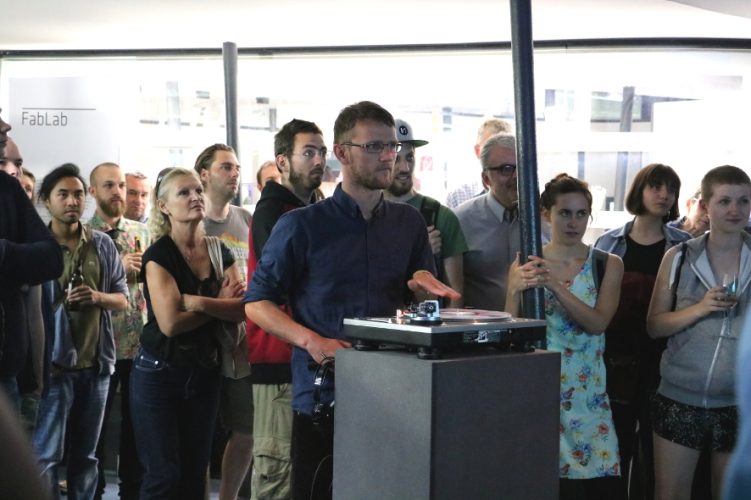
Scratching Wounds: The Sad Truth about Pharmaceutical Products
TIME OUT .06 opens on Wednesday, June 8, 2016 at the Ars Electronica Center. The sixth installment in the TIME OUT series features outstanding works by undergrads in Linz Art University’s Time-based and Interactive Media program.